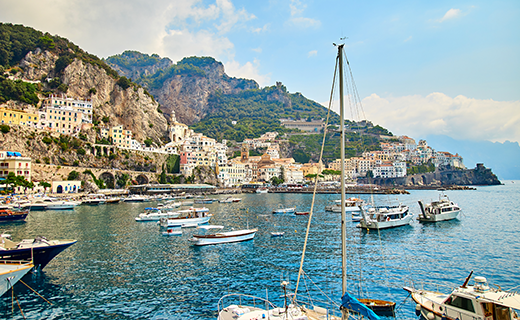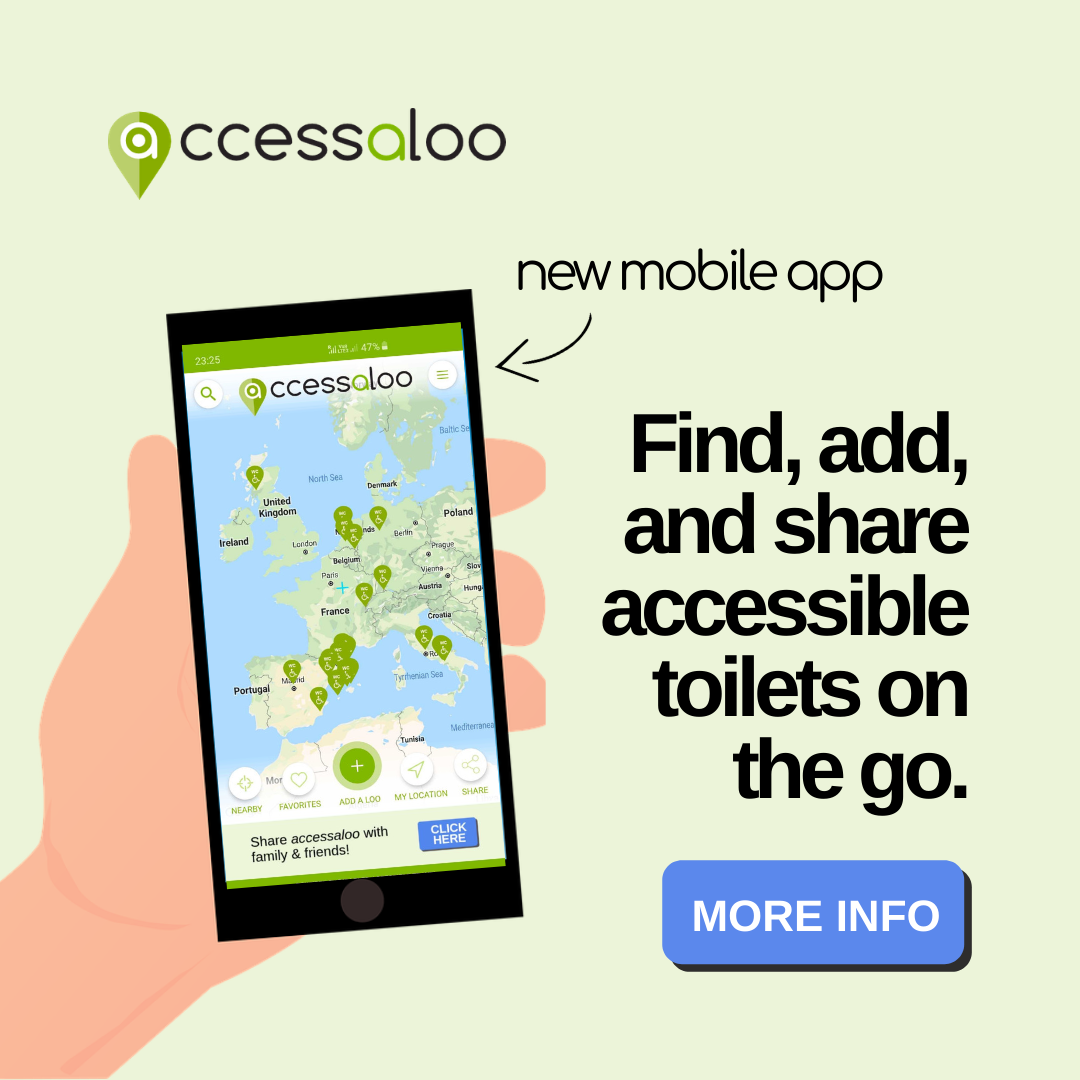Visiting the Palace of Versailles is a remarkable experience, and the estate has made significant efforts to accommodate visitors with disabilities. Here is a comprehensive guide to accessibility at this historic site:
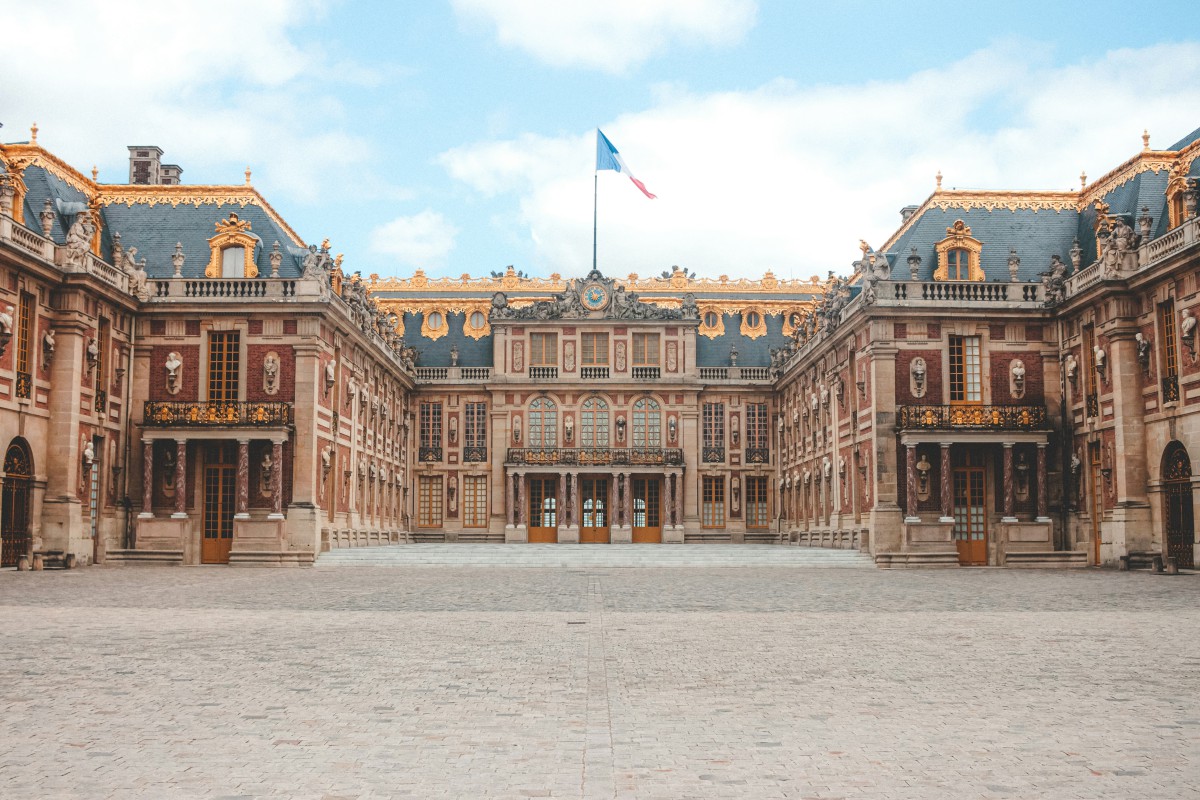
Accessibility Overview
The Palace of Versailles offers various facilities to ensure a comfortable visit for individuals with reduced mobility. The main entrance features a wheelchair-accessible pathway, and within the palace, ramps and elevators provide access to the primary areas, including the State Apartments and the Hall of Mirrors.
Gardens and Estate Grounds
The expansive gardens present some accessibility challenges due to their size and terrain. Visitors with reduced mobility are advised to arrive by car and park at designated areas like the Flotille or Neptune car parks. Alternatively, access is available on foot or wheels (for wheelchair users) via the Queen’s Gate on Boulevard de la Reine. It is important to note that on days featuring the Musical Fountains Shows, access to the gardens requires an admission fee.
Transportation to Versailles
Traveling from Paris to Versailles is feasible for wheelchair users. Trains depart from Gare Saint-Lazare to Versailles Rive Droite station. Upon arrival, assistance can be arranged for boarding and disembarking. The journey takes approximately 30 minutes, followed by a 1.2 km route to the Palace. For those preferring not to traverse this distance, a private adapted taxi can be pre-arranged.
Book your very own Versailles tour
Are you interested in visiting Versailles for yourself,
Click on the button for more information!
Accessible sites:
✅The Palace:
The grand palace of Versailles is a breathtaking piece of architecture built in 1682 by King Louis XIV after he installed it as the homebase for the French royal court and government. Making it the largest royal domain in the world. Today, the palace contains 2300 rooms including private sleeping chambers, crusades rooms and a congress debate room, as well as many more. The palace has been adapted with ramps, elevators and widened entrances to become accessible for visitors using a wheelchair or visitors with limited mobility.

The estate of Trianon:
⚠️ Partially Accessible
In an attempt to gain some brief respite from courtly etiquette, the kings of Versailles built themselves more intimate spaces close to the main palace. Whilst the Trianon estate is smaller than the main palace of Versailles it is still a marvel of 17th century French architecture. Giving visitors a glimpse into the daily lives of the royal family members that used to live there. Unfortunately, the first and second floors are not accessible for wheelchair users due to there being no elevators installed in the building. However, the ground floor and outdoor courtyards are accessible and are definitely worth the visit.
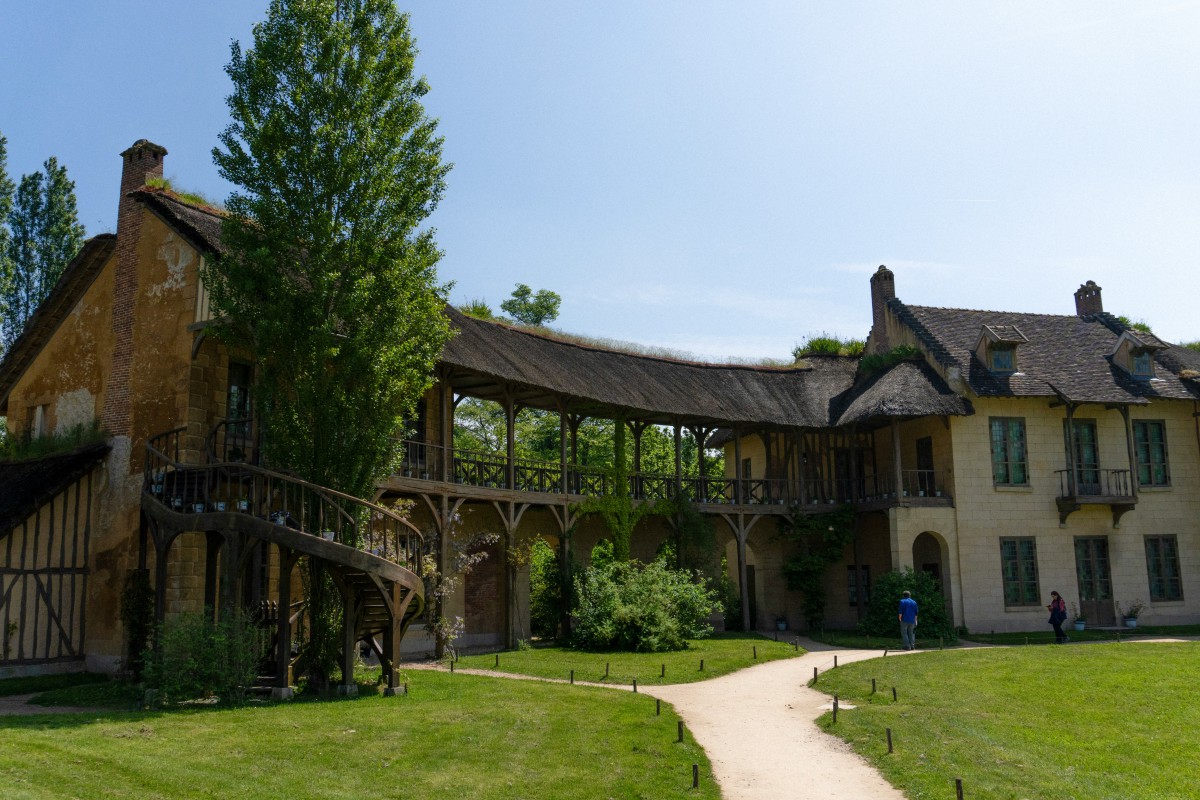
✅The hall of Mirrors:
The hall of mirrors is the most famous room in the palace. The room is a work of art, literally. The room pays tribute to the political, economic and artistic success of France. Political successes are illustrated through the 30 painted compositions on the vaulted ceiling by Le Brun, which depict the glorious history of Louis XIV during the first 18 years of his reign. The room contains 357 mirrors, hence the name.
Fortaunetely for all the art enthusiasts, the room is fully wheelchair accessible and can be reached via a combination of ramps and elevators.

Get inspired, continue reading
- Wheelchair Accessible Cultural Highlights of Spain
- Explore Disabled Accessible Travel’s destinations
- Accessibility guide of Acropolis and Museum
- Disabled Accessible Travel Expands Accessibility Services with Launch of Mobile App ‘accessaloo’
- Wheelchair Accessible Transfers
- Accessibility of St. Petersburg
- Mobility Equipment Rentals
- 7 Wheelchair-friendly Restaurants in Barcelona
- Everything You Need To Know About Tipping In Europe
- Nova Icaria And 4 Other Accessible Beaches Barcelona Has To Offer
- Accessibility guide Alhambra
- Accessible Train Tickets in Spain – Renfe
- Accessible islands in Europe
- Top 8 Accessible Destinations in Europe
- Accessibility guide Parliament Budapest
- A useful guide to European toilet keys
Facilities and Services
- Restrooms: Accessible restrooms are located within the Palace premises.
- Wheelchair Rentals: Manual wheelchairs are available for rent inside the palace; however, they must remain within the palace and cannot be taken into the gardens.
- Dining: Restaurants such as La Flottille and La Girandole offer accessible facilities and restrooms.
- Ticketing: If you are under the age of 26 and you are a permanent resident of a European union member state you are allowed free entry to the building. The same rule also applies for visitors with a disability upon showcasing your disability tag. Otherwise, your ticket pricing will depend on which areas of the palace that you wish to visit.
Tips for a Comfortable Visit
- Plan Ahead: Given the vastness of the estate, allocate sufficient time to explore both the Palace and the gardens.
- Seek Assistance: Staff members are available to assist with navigation and accessibility needs. Do not hesitate to request help.
A visit to Versailles is also available via one of our private guided tours. - Stay Informed: Check the official Palace of Versailles website for the latest information on accessibility and any scheduled events that might affect your visit.
By utilizing these resources and planning accordingly, visitors with disabilities can fully enjoy the rich history and beauty of the Palace of Versailles.
For further information check out or tour page
F.A.Q:
Is the Palace of Versailles accessible?
Yes, the Palace of Versailles is accessible, with wheelchair ramps and elevators available for key areas, and accessible parking close to the entrance. Manual wheelchairs can be rented at the palace, but they are not permitted in the gardens.
How do disabled people get around Paris?
Disabled visitors can use accessible public transportation options such as buses, metros with elevators, and accessible taxis. Many train stations also offer assistance for boarding and disembarking.
How long does it take to walk/roll the Palace of Versailles?
It typically takes 2 to 3 hours to explore the main areas of the Palace of Versailles, depending on the pace and interest in the exhibits. The gardens and additional areas may require extra time.
Can I use my disabled Blue Badge in France?
Yes, the UK Blue Badge is recognized in France, allowing disabled visitors to park in designated spaces and access certain services, though it’s advisable to check specific local regulations.

ACCESSIBILITY ANCIENT OSTIA
READ MORE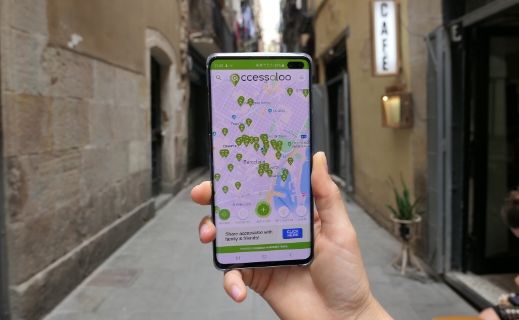
ACCESSIBLE TOILETS
READ MORE